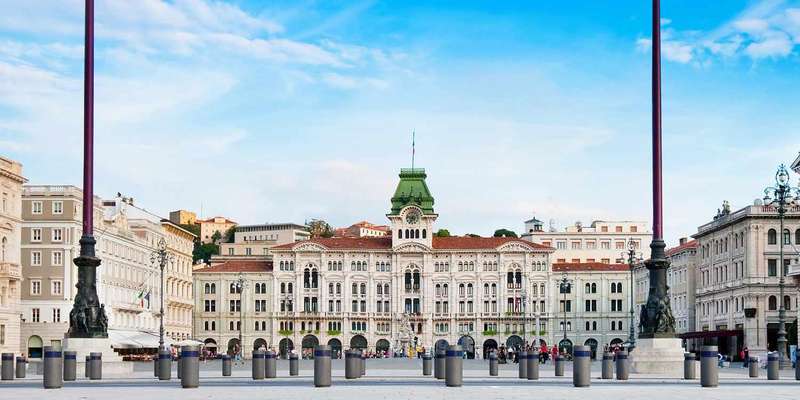- Home
- Useful Tips
- Trieste's historic synagogues
Trieste's synagogues stand as silent witnesses to one of Europe's most vibrant Jewish communities, yet most visitors miss their profound stories. Over 75% of travelers report feeling overwhelmed by Trieste's layered history, unsure how to respectfully engage with these sacred spaces or decode their architectural marvels. The frustration mounts when arriving to find unexpected closures or tour groups blocking intimate moments of reflection. These aren't just museums – they're living monuments where 18th-century merchants prayed and Holocaust survivors rebuilt. Missing their significance means missing the soul of a city that once rivaled Venice as a Mediterranean crossroads of cultures.


Decoding synagogue visiting hours without the guesswork
Trieste's Jewish sites operate on a mosaic of schedules that baffle even seasoned travelers. The main synagogue on Via San Francesco shifts between prayer services, cultural events, and tourist visits – often with little online notice. Locals know the golden hours are weekdays between 10am-noon, when caretakers welcome quiet visitors between morning minyans. Summer brings unpredictable closures during Jewish holidays, while winter offers rare glimpses of sunlight illuminating the 1912 Moorish Revival dome. A little secret? The small Museo della Comunità Ebraica keeps consistent afternoon hours, its artifacts telling stories the grand synagogue's walls can't whisper.
Navigating dress codes and etiquette with confidence
Nothing halts a synagogue visit faster than arriving unprepared. Unlike Trieste's churches, these sacred spaces maintain traditional requirements: men should carry a head covering (kipot are provided but bringing your own shows respect), while women often choose modest sleeves and skirts. Photography rules vary dramatically – the Great Synagogue permits no interior shots but encourages courtyard images, while the Jewish Museum allows flash-free photography. True insiders time their visits for docent-led explanations when available, transforming marble stars of David from decorations into profound symbols of resilience. Remember, these aren't frozen relics but active spiritual centers – stepping aside during prayer times opens doors to deeper understanding.
Uncovering hidden stories beyond the main sanctuary
Most visitors cluster under the main dome, missing Trieste's richer Jewish narrative woven through backstreets. The old ghetto area near Piazza delle Erbe hides a mikveh (ritual bath) from 1700s, its underground chambers whispering of brides' pre-wedding preparations. Few notice the Holocaust memorial plaques along Via del Monte – brass cobblestones (stolpersteine) marking where families were taken. For architecture lovers, the 1892 Jewish retirement home on Via Torrebianca showcases Liberty style details rarely mentioned in guides. These layers reveal themselves slowly, best appreciated after studying pre-war photographs at the Carlo e Vera Wagner Museum to understand what was lost and preserved.
Combining synagogue visits with Trieste's Jewish flavors
No exploration of Jewish Trieste is complete without tasting its culinary legacy. After morning visits, follow locals to Pasticceria Pirona, where Kafka once nibbled on presnitz (a spiral pastry with Jewish-Austrian roots). The old ghetto area still hosts eateries serving brodetto alla giudia, a saffron fish stew perfected by Adriatic Jews. For authentic contemporary flavors, seek out bakeries offering impasto matzah around Passover – some still use 19th-century recipes. These edible connections make history tangible, especially when paired with stories of Trieste's Jewish merchants who imported spices now essential to local cuisine. It's a delicious reminder that cultural preservation happens at tables as much as in temples.



